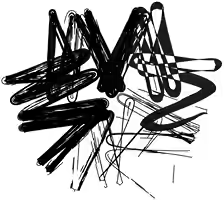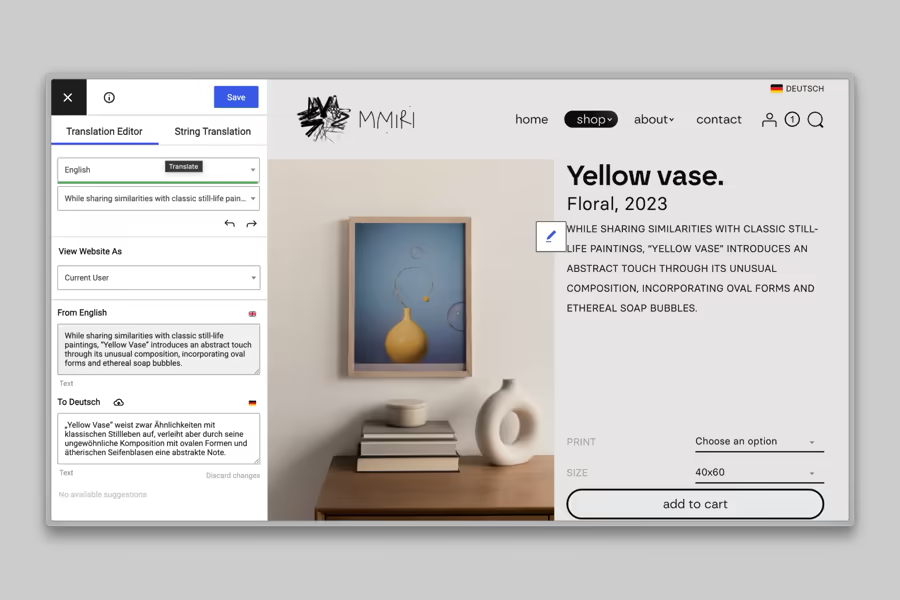Table of contents:
In our previous article, we explored the key properties of light that are essential for photographers. Now for the exciting part—putting that knowledge into practice.
To truly understand light and recreate natural-looking setups in a studio, we first need to analyze sunlight. All the light we see in nature comes from the sun. Of course, that light is often diffused by clouds or reflected by surfaces before it reaches our subject. We’ll cover those topics later. For now, let’s start with the source itself: the sun.
The sun is a massive object, but because it’s so far from Earth, it acts like a small light source relative to the subjects we photograph. This immense distance has another crucial effect: it causes the sun’s light rays to travel in nearly parallel lines by the time they reach us. This makes sunlight a “hard,” focused light source.
(Illustration 1)
There are three clear signs of this focused light that you can easily observe for yourself:
- Sharp, Consistent Shadows. If you hold your hand in the direct sun, the shadow it casts will have a hard edge and be the same size as your hand. Try moving your hand closer to and farther from a wall; you’ll notice the shadow’s size doesn’t change.
(Illustration 2)
- Parallel shadows. On a sunny day, look at the shadows cast by different objects like trees, buildings, and people.You’ll see that they all point in the same direction, running parallel to each other.
(Illustration 3)
- Consistent intensity. There is no noticeable light falloff. An object 10 meters farther away from you is lit with the same intensity by the sun as an object right beside you.
To convincingly replicate sunlight with artificial light, our setup needs to mimic these three characteristics.
So far, we’ve discussed the direction and quality of sunlight. Now, let’s talk about another key property: color temperature. The color of sunlight changes throughout the day and with the weather. Around midday, sunlight has a neutral-white color temperature of about 5500–6000 K (Kelvin). However, many photographers love shooting during the “golden hours”—early morning and late evening—when the color temperature is much warmer, dropping to around 2000–4500 K.
(Illustration 4)
In upcoming articles, we’ll explore techniques for adjusting the color temperature of our artificial lights.
Even without discussing specific light modifiers yet, we can draw some important conclusions. To simulate the sun, an ideal artificial light source must:
- Produce a highly directional, focused beam of light.
- Illuminate a very wide area. This is a key challenge: a typical small, focused light creates only a narrow beam, while the distant sun illuminates an entire landscape.
- Have an adjustable color temperature to mimic different times of day.
Achieving all of this is no easy task, but understanding these goals is a valuable first step.
It’s also worth noting that these principles apply when recreating moonlight. Moonlight is just reflected sunlight, so the only differences are its much lower intensity and cooler color temperature.
In our next article, we’ll explore different light modifiers and find the best tools for simulating the diverse lighting conditions we see in nature.



